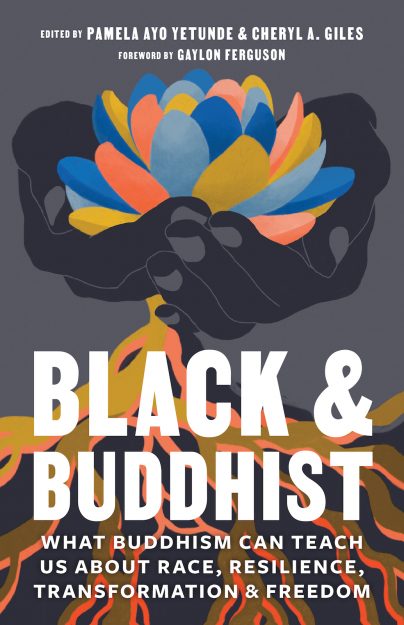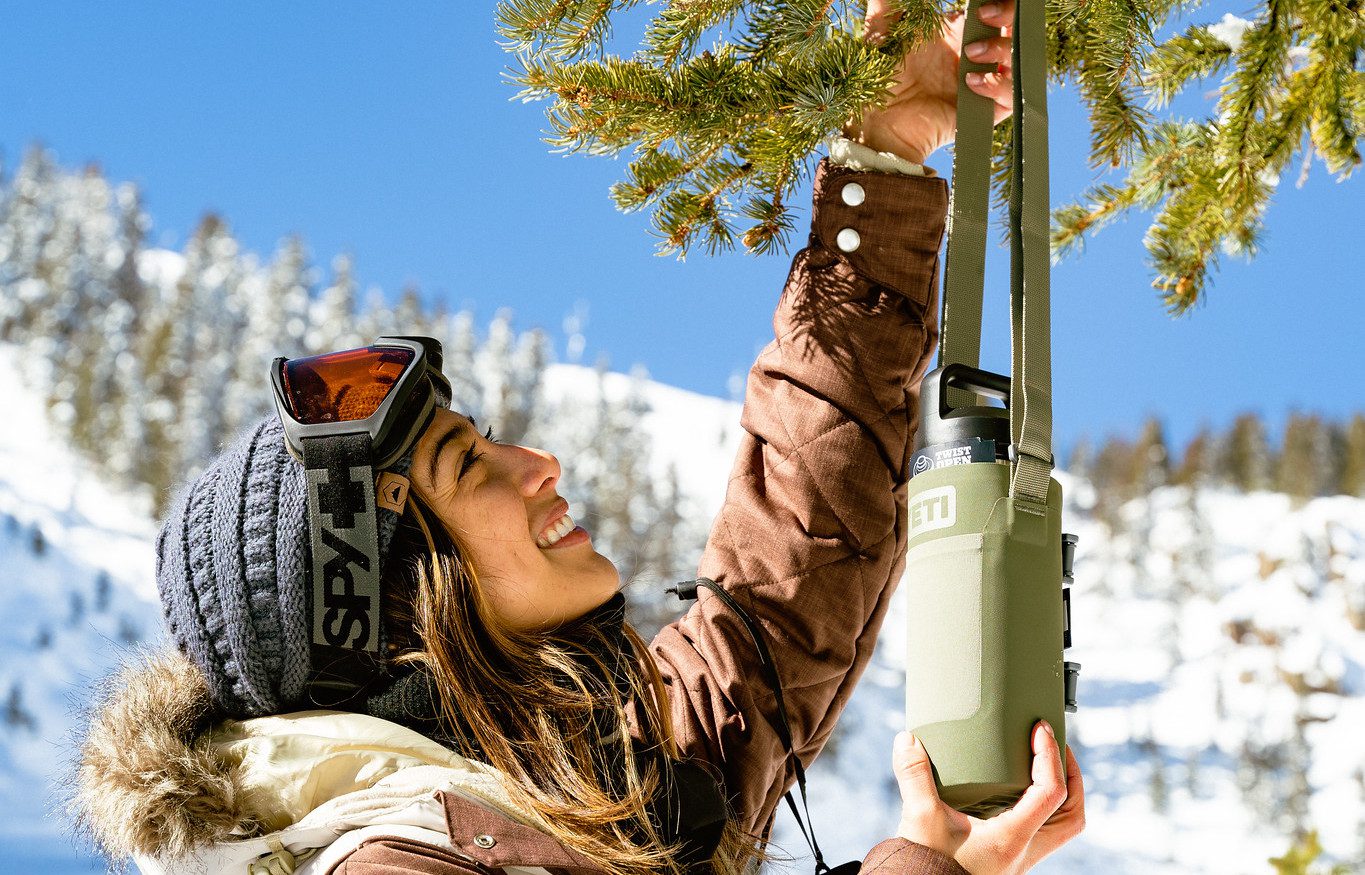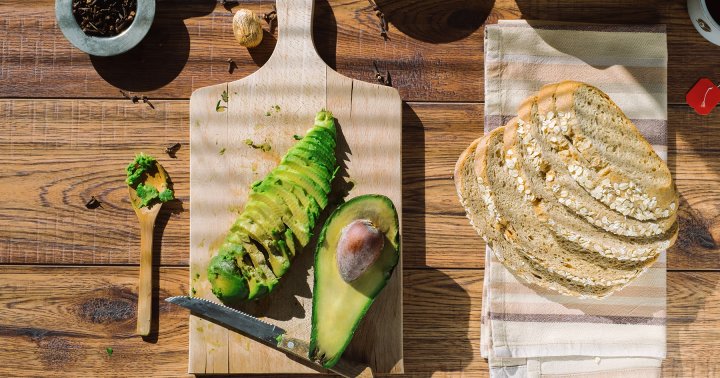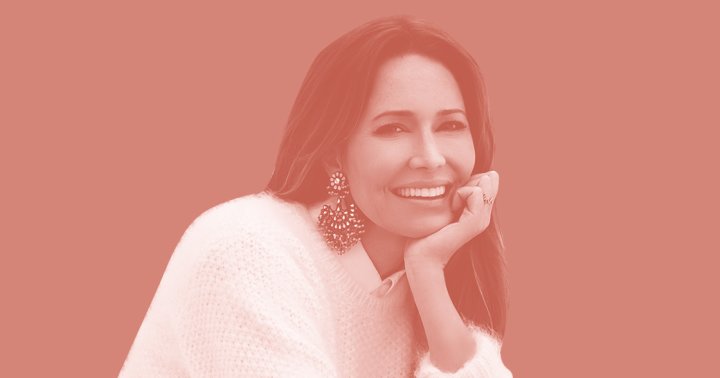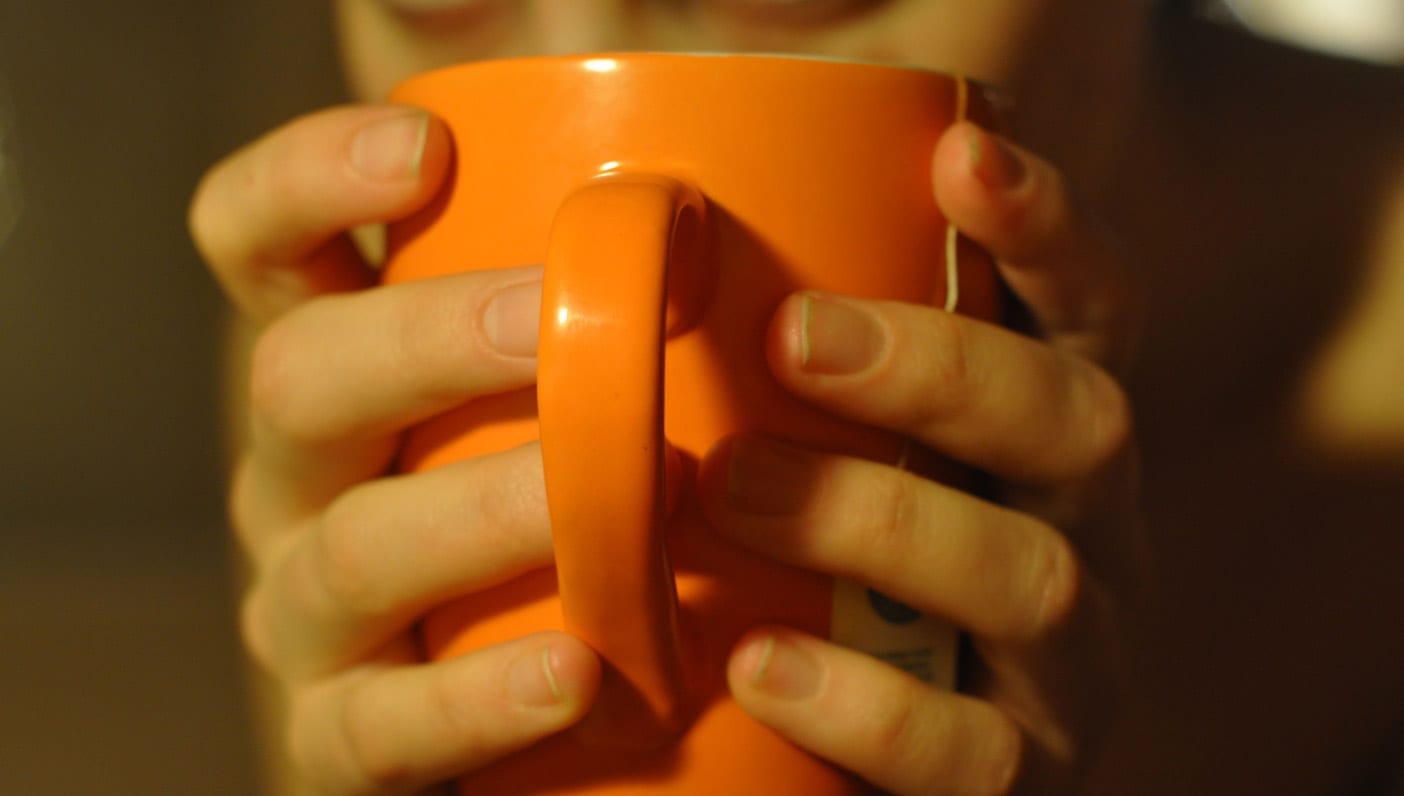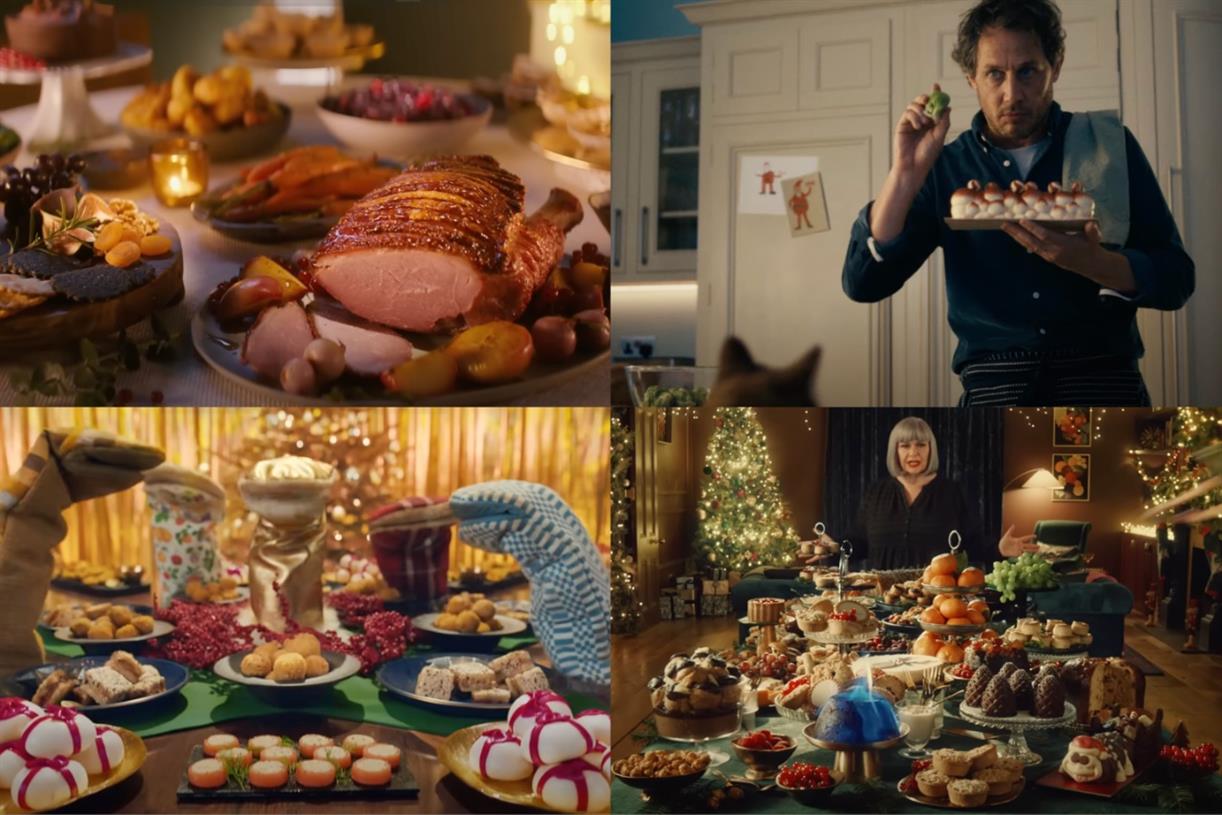Wholeness Is No Trifling Matter
In her book Black and Buddhist, Buddhist teacher Ruth King reflects on bias and the path to true freedom. The post Wholeness Is No Trifling Matter appeared first on Tricycle: The Buddhist Review.
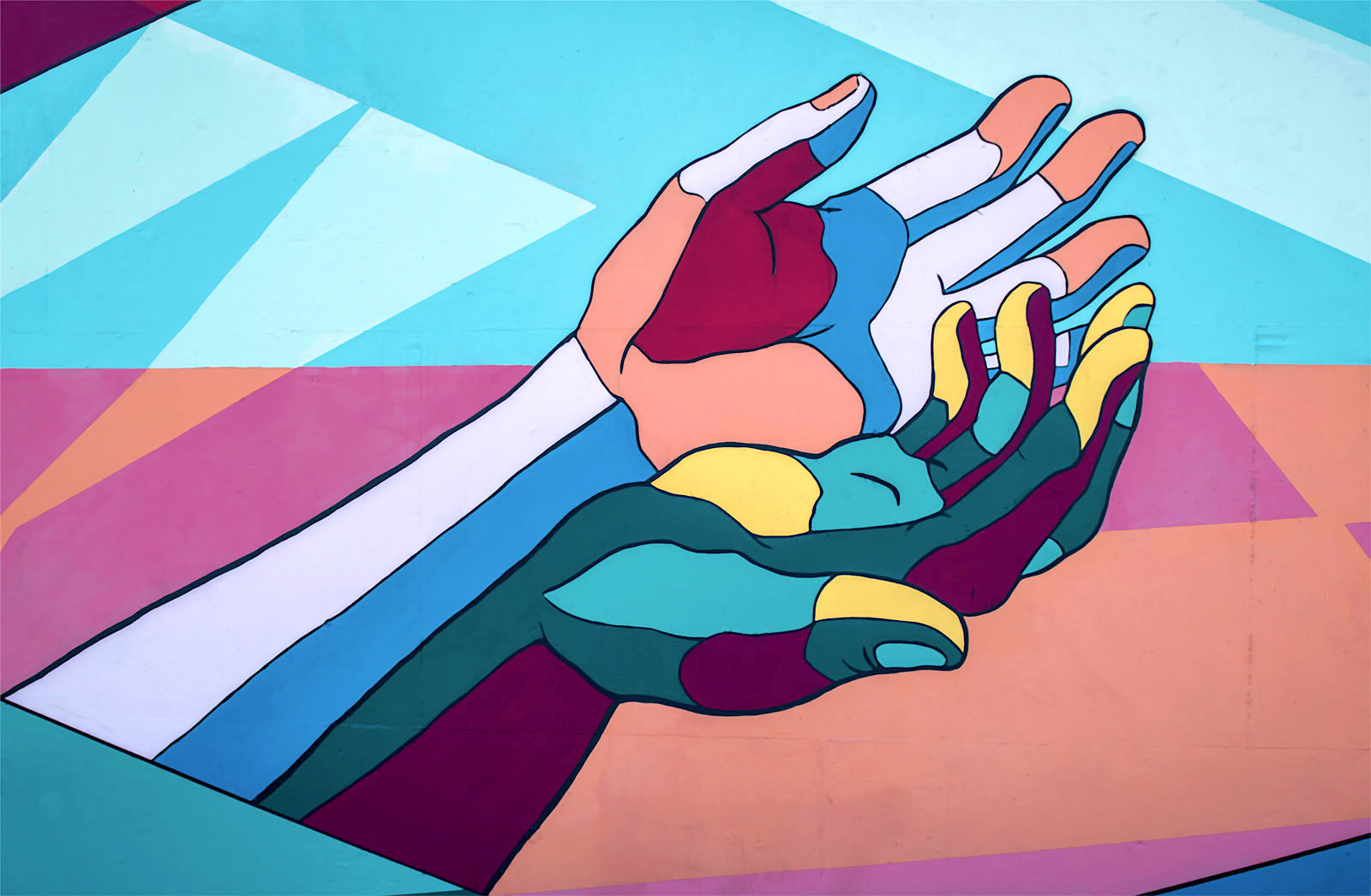
In her book Black and Buddhist, Buddhist teacher Ruth King reflects on bias and the path to true freedom.
By Ruth King Jun 16, 2024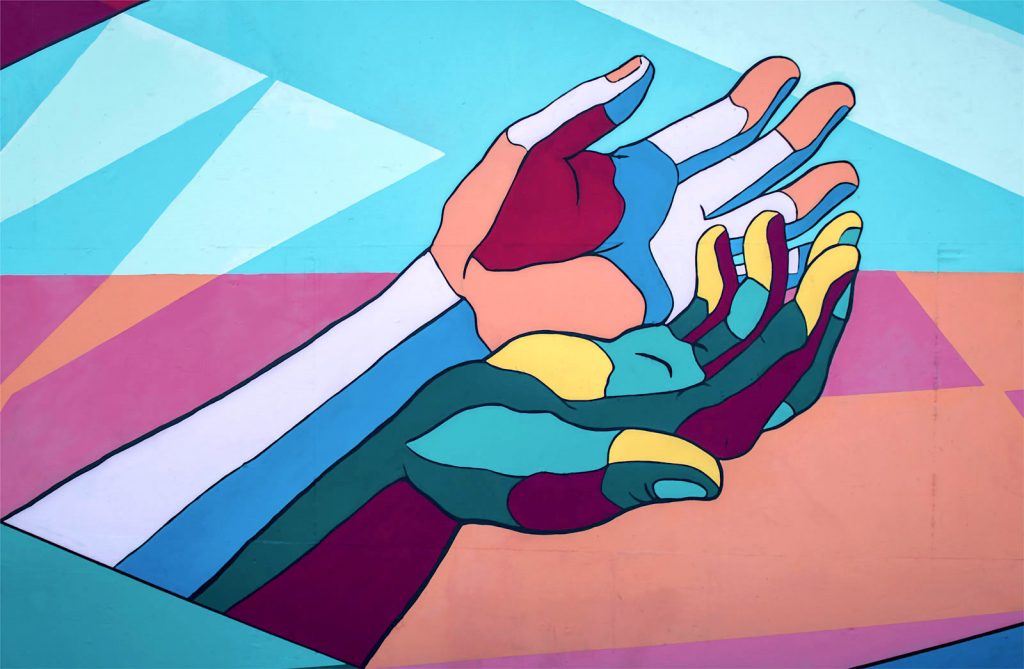 Photo by Tim Mossholder | https://tricy.cl/3m1qYW2
Photo by Tim Mossholder | https://tricy.cl/3m1qYW2As a Buddhist practitioner and teacher, I have sat on my meditation cushion in silence, with hundreds of other yogis, ripening my capacity to live in gentle and wise awareness, sometimes day after day for months at a time, without ever speaking to the yogi who sat beside me. Within me, there was comfort in knowing that despite racial appearances, we had somehow landed on our cushions and were opening our hearts together. This, in my mind, is a miracle.
But over the years, participating in a dharma community mostly attended and led by white people, I have often felt my heart quake and stomach tighten after hearing white teachers and yogis speak from a lack of awareness of themselves as racial beings. I have never heard white teachers make blatant racist comments with intent to harm. Rather, there was a more subtle obliviousness about whiteness as a collective reality and its privilege and impact, and an assumption that we were all the same or wanted to be. In those moments, despite my best efforts, I would be reminded of race and of being invisible and would spin into a hurricane of anger, confusion, and despair.
I had both experienced and witnessed intense bruising and racial distress from such ignorance, resulting in separation. This particular flavor of separation reflected not only a division of the races but also a division of heart. The consciousness—or unconsciousness—that supports racial suffering cuts people out of our hearts. We then try to live as if “cutting” doesn’t hurt. We pretend we are not bleeding from the wounds of separation as we move about our lives in search of freedom and contentment, and we have convinced ourselves that we can live disconnected—from the planet and each other—and still be whole, happy, and peaceful.
It was sobering to acknowledge that being in a sea of racial ignorance wasn’t going to disappear anytime soon. Then I began to muse: Clearly, my freedom is not dependent upon whether white folks wake up to their ignorance, right? Clearly, my freedom is more immediate and in my hands, right? Right! I was reminded of what Toni Cade Bambara had written in The Salt Eaters:
Are you sure, sweetheart, that you want to be well? . . . Just so’s you’re sure, sweetheart, and ready to be healed, cause wholeness is no trifling matter.
I asked myself, What would it take for me to walk in a world of racial ignorance being well and being whole, and not shutting others out of my heart? Such an idea of freedom was in my hands and became my pledge of allegiance. No trifling matter! And more accessible through the dharma.
But what does this mean and how does it look as we engage as a sangha—as a community?
As I would discover, in Theravada Buddhism, mindfulness (or vipassana meditation) is the technology for shifting from being ensnarled in suffering to being curious about it. In this practice, we learn to know what’s happening while it’s happening. We get still and turn our attention inward to become more intimately aware of our body and breath, our emotions, and our thoughts.
The practice supports awareness without interference, and without distortion, elaboration, or judgment. A process, not an easy destination, to be sure. bell hooks shed a lovely light on mindfulness practice: “Knowing how to be solitary is central to the art of loving. When we can be alone, we can be with others without using them as a means of escape.”
There were many things I found powerful about mindfulness meditation—chiefly that it assumes we are noticing our experiences with an understanding that everything we are aware of has a nature, which Buddhism describes as the Three Characteristics of Existence:
The nature of impermanence (anicca): change is constant and all phenomena arise and pass away. The nature of selflessness (anatta): there is no enduring or reliable self; we are a series of ever-changing elemental processes, all arising and passing away. The nature of unreliability, ungovernability, and dissatisfaction (dukkha): “Shit happens,” and things won’t always go our way.I have a simple mantra for remembering these laws of nature: life is not personal, permanent, or perfect.
Through mindfulness meditation, I discovered that awareness can ride the energies of persistent and disturbing thoughts and emotions without interference or personalization. When I did this, I found that old traumas and pain came out of hiding, and I could then honor and dissolve them. I discovered that I could tolerate being vulnerable and rest in tenderness, and I became deeply acquainted with ease and joy, regardless of my circumstances.
Not only was this a steady and powerful realization in sitting meditation practice, but this understanding greatly impacted how I related to the harsh realities of day-to-day life. Reminding myself that life is not personal, permanent, or perfect has kept me from falling into sinkholes of despair and destroying rooms with rage. It invites me to pause and turn inward. It gives me a chance to ask myself, “What’s happening? Where are you gripped right now? Are you taking this situation personally—to be a personal experience instead of a human experience? Have people before you felt this way? Where else in the world are people feeling similarly gripped? Do you believe that how it is now is how it will always be? Are you distressed because you are insisting that this situation be other than it is, right here and now? How can you care for the pain you’re in at this moment?”
What freedom that was: not to be held in the tight grip of anger, defensiveness, and fear; to have a way to turn inward, to release myself from the bondage of being on red alert, always ready to have my rage engaged.
♦
This article was originally published on Dec 9, 2020. Adapted from Black and Buddhist: What Buddhism Can Teach Us about Race, Resilience, Transformation, & Freedom edited by Pamela Ayo Yetunde and Cheryl A. Giles © 2020 by Pamela Ayo Yetunde and Cheryl A. Giles. Reprinted in arrangement with Shambhala Publications, Inc. Boulder, CO.
![]()
Thank you for subscribing to Tricycle! As a nonprofit, we depend on readers like you to keep Buddhist teachings and practices widely available.
This article is only for Subscribers!
Subscribe now to read this article and get immediate access to everything else.
Already a subscriber? Log in.

 JaneWalter
JaneWalter 